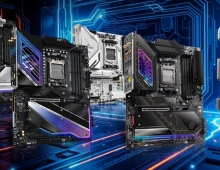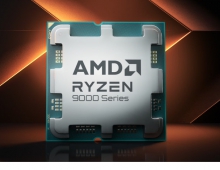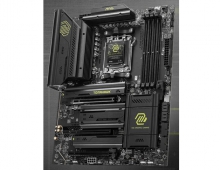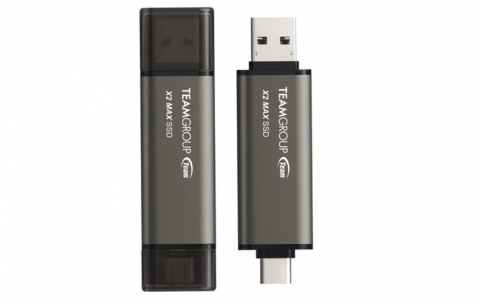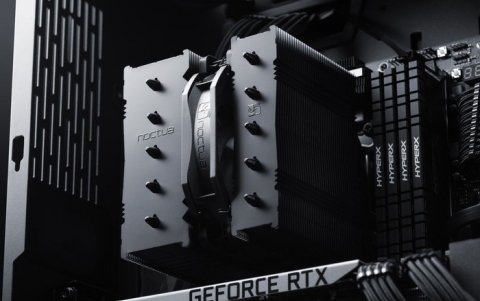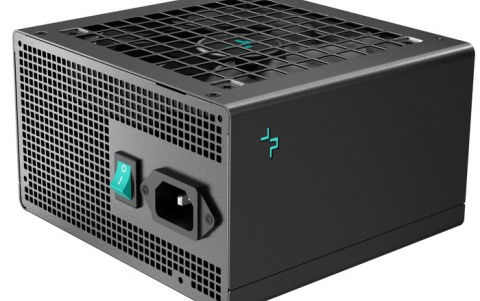
New AMD CEO To Cut Company's Workforce
AMD is cutting some 1,400 workers as a weak computer market and manufacturing delays have hurt the world's second-biggest maker of microprocessors for PCs.
"Reducing our cost structure and focusing our global workforce on key growth opportunities will strengthen AMD's competitiveness and allow us to aggressively pursue a balanced set of strategic activities designed to accelerate future growth," said Rory Read, AMD president and CEO. "The actions we are taking are designed to improve our ability to consistently address the needs of our global customer base and stake leadership positions in lower power, emerging markets and the cloud."
AMD expects that the restructuring plan will result operational savings, primarily in operating expense, of approximately $10 million in the fourth quarter of 2011 and $118 million in 2012, primarily through a reduction of its global workforce by approximately 10% and the termination of existing contractual commitments. The workforce reduction will occur across all functions globally and is expected to be completed by the end of the first quarter of 2012, AMD said. Based on anticipated savings from the restructuring plan, AMD expects fourth quarter 2011 operating expenses will be approximately $610 million.
As a result of implementing efficiencies across the company's operations, AMD expects to save approximately $90 million in 2012 operating expenses in addition to the restructuring plan savings, resulting in more than $200 million of expected combined operational savings in 2012.
The company's actions pursuant to the restructuring plan will take place primarily during fourth quarter of 2011, with some restructuring plan activities extending into 2012.
Global computer chip revenue showed strong signs of life in the third quarter, jumping 16.1% compared to the same period in 2010, according to industry analyst firm IDC.
AMD showed strength in the mobile market while rival Intel gained in server chip sales.
IDC reported that Intel grabbed a full 80.2% of the global PC processor market. AMD showed an overall loss of 0.7% between the second and third quarters, ending up with 19.7% of the market.
In the mobile arena, AMD gained 2.4% to grab 17.6% of the market share. Intel slipped by 2.1%, ending with a still dominant 82.3% share.
As for the server/workstation segment of the market, Intel grabbed a 95.1% share. AMD had a 4.9% share.
IDC reported that AMD struggled in the desktop arena, as well. AMD held 24.1% of the market, showing a loss of 4.8%, while Intel gained a matching 4.8% to garner 75.8% of the market.
AMD expects that the restructuring plan will result operational savings, primarily in operating expense, of approximately $10 million in the fourth quarter of 2011 and $118 million in 2012, primarily through a reduction of its global workforce by approximately 10% and the termination of existing contractual commitments. The workforce reduction will occur across all functions globally and is expected to be completed by the end of the first quarter of 2012, AMD said. Based on anticipated savings from the restructuring plan, AMD expects fourth quarter 2011 operating expenses will be approximately $610 million.
As a result of implementing efficiencies across the company's operations, AMD expects to save approximately $90 million in 2012 operating expenses in addition to the restructuring plan savings, resulting in more than $200 million of expected combined operational savings in 2012.
The company's actions pursuant to the restructuring plan will take place primarily during fourth quarter of 2011, with some restructuring plan activities extending into 2012.
Global computer chip revenue showed strong signs of life in the third quarter, jumping 16.1% compared to the same period in 2010, according to industry analyst firm IDC.
AMD showed strength in the mobile market while rival Intel gained in server chip sales.
IDC reported that Intel grabbed a full 80.2% of the global PC processor market. AMD showed an overall loss of 0.7% between the second and third quarters, ending up with 19.7% of the market.
In the mobile arena, AMD gained 2.4% to grab 17.6% of the market share. Intel slipped by 2.1%, ending with a still dominant 82.3% share.
As for the server/workstation segment of the market, Intel grabbed a 95.1% share. AMD had a 4.9% share.
IDC reported that AMD struggled in the desktop arena, as well. AMD held 24.1% of the market, showing a loss of 4.8%, while Intel gained a matching 4.8% to garner 75.8% of the market.




